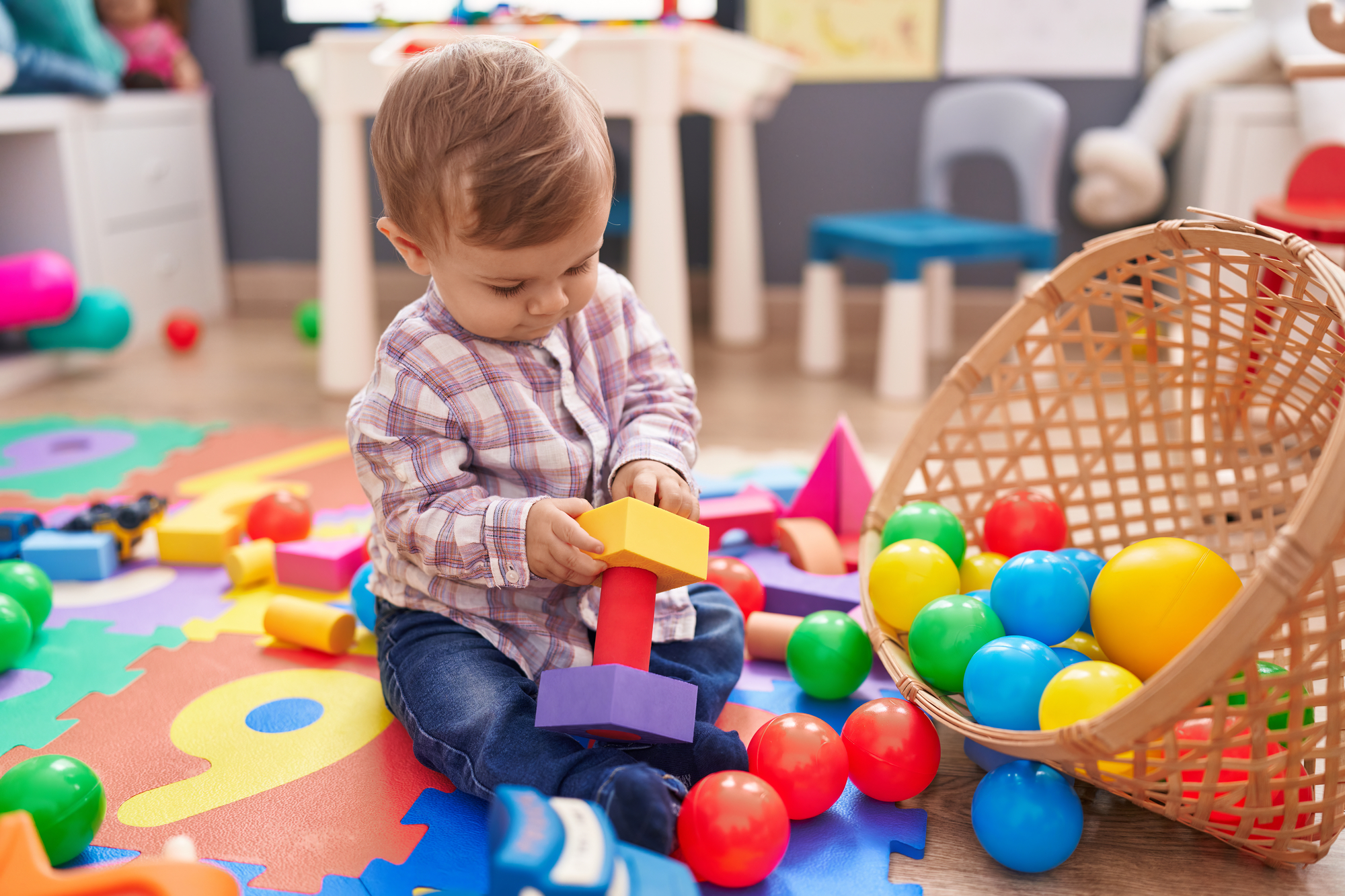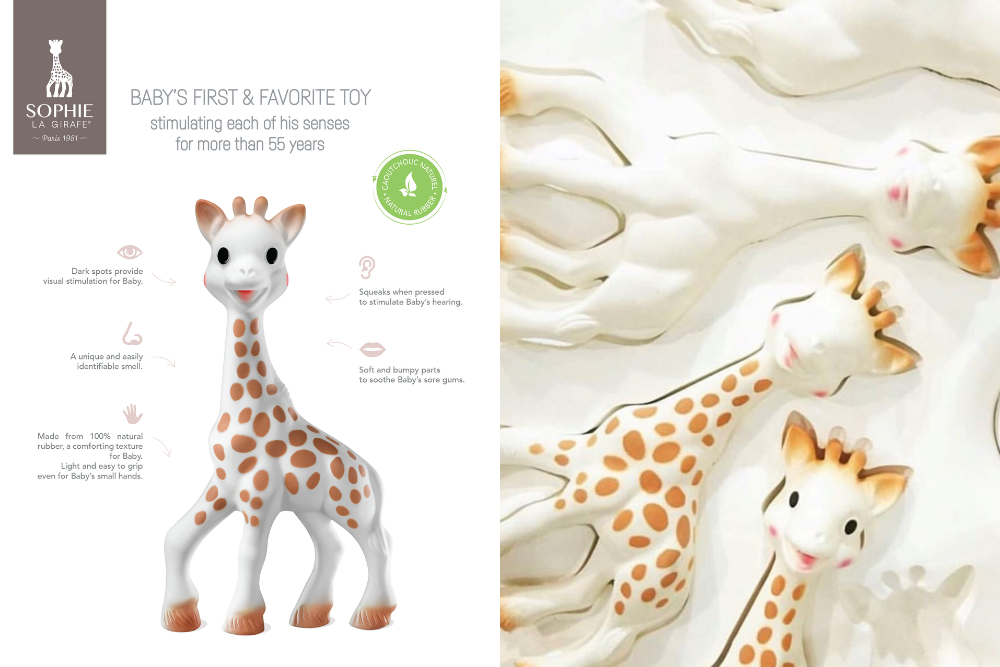Ever noticed that some environments make you and your kids feel stressed? Maybe it’s the mall, the play centre or that stylish but unbelievably noisy cafe around the corner.
Those are busy places with hard surfaces, bright lights and constant background noise. They easily overwhelm your senses, triggering sensory overload.
It doesn’t have to be this way, though. Armed with the right research, we can create more calming environments – wonderful rooms for adults or kids to reset.
Let’s take a look.
Understanding the senses
Your child’s experience of life (and yours!) is constructed through a complex sensory system of:
- Sight
- Sound
- Touch
- Taste
- Smell
- Proprioception (the sense of where the body is).
Your child’s brain constantly receives and processes information from their senses, which play a fundamental role in helping regulate emotions, mood and behaviour.
This is known as sensory modulation – the brain’s way of organising and interpreting sensory information.
But that process doesn’t always work as well as it should. Kids with conditions like autism, ADHD, sensory processing disorder or anxiety may be more prone to sensory overload, resulting in misbehaviour or meltdowns.
Sensory overload happens when there’s too much information for the brain to process. It can cause stress, anxiety, irritability or a strong desire to leave.
So, how do you create a calmer environment? Through a sensory room.
What is a sensory room?
A sensory room is designed to stimulate and engage the senses gently for a therapeutic benefit. Instead of feeling overwhelmed by too much sensory input, people feel soothed by just the right amount.
A calming sensory room may feature the following:
- Low lighting to rest the eyes.
- Comfortable seats.
- Weighted blankets or cushions for proprioceptive input.
- Gentle music.
- Soothing floral aromas.
- Illuminated visual elements featuring slow transitions and soothing colour-changing effects.
The science of sensory spaces
Sensory rooms are a type of sensory processing intervention to support sensory modulation.
Their forerunner was the Snoezelen room, where people with intellectual disabilities could relax and enjoy more control and choice.
As time passed, sensory rooms began to be used for more people – tailoring sensory input for kids with autism, reducing negative emotions in people with dementia and helping new mums relax so they could breastfeed.
My PhD research took things a step further and assessed whether sensory rooms could benefit everyone – neurotypical people as well as neurodiverse ones and people in run-of-the-mill daily life rather than in special circumstances.
As part of my PhD research, I created a sensory room near a university library and interviewed students about their experience of spending time there. They said the sensory room was:
- ‘Like being in another world’.
- A place to ‘escape what was on your mind’.
- ‘A distraction from stress and thinking’.
- A place to ‘get a dose of happiness’.
- ‘Like a sanctuary’.
- ‘Emotionally nutritious’.
- ‘A good reboot’.
- A place to ‘put things in perspective’.
A calming sensory room draws on various research areas:
- Positive psychology.
- Receptive arts engagement.
- Restorative environments.
- Multisensory interventions.
When these aspects are all brought together – with a dash of artistry, too – the result is a sensory experience that:
- Provides a powerful sense of calm and relaxation.
- Promotes cognitive and emotional restoration.
- Equips you to re-enter the world at optimal capacity.
Sensory experiences to support your child
If your child is prone to sensory overload, then you can support them by:
- Asking their school or childcare centre to consider creating a calming sensory room for them to reset.
- Considering venue choices:
- If you’re heading to an event or a public venue, ask if they have a sensory room or a sensory map to help you plan your trip (many places do now).
- If there’s no provision, consider going for a shorter time or bringing a sensory kit with you (e.g. ear plugs to reduce noise and sensory toys to relieve stress).
- Creating a sensory corner at home – use some fairy lights, gentle music, fidget toys, weighted toys, pillows or blankets and sensory fabrics like silk, velvet, sequins or faux fur.
Soothing your child’s senses can make a big difference to their day. For more information, please visit https://sensoryspaces.com.au/
About Creative Sensory Spaces
Dr Bliss Cavanagh is an artist and academic who began creating sensory-based works as a student to relieve her symptoms of Tourette’s syndrome. She later completed a PhD on the benefits of calming sensory rooms and is now one of the world’s leading experts in their design and installation. Learn more at https://sensoryspaces.com.au/









